Outer Space & Universe
Outer Space & Universe
Space, also known as outer space, is the near-vacuum between celestial bodies. It is where everything (all of the planets, stars, galaxies and other objects) is found.
On Earth, space begins at the Kármán line (100 km above sea level). This is where Earth's atmosphere is said to stop and outer space begins. This is not a firm boundary but is a convention used by scientists and diplomats.
Items in space are free to move back and forth; up and down; and left and right. These three dimensions are what make 3D space. Items also move forward through time, which is sometimes called the fourth dimension.
The majority of space contains very little matter and so most of it is a vacuum. Scientists do not know how big space is but we do know that space is extremely big, and is always expanding.
According to the big bang theory, all matter and energy in the Universe was compressed into a very small space. Then it exploded and started expanding. Space is still growing in size today; this means the distance from one galaxy to distant galaxies is getting longer.
Gravity is the force that keeps the Moon in orbit around the Earth and the planets in orbit around the Sun. Gravity can stretch and bend space similar to how a heavy ball placed on a stretched sheet of rubber will cause the rubber to stretch. The scientist who discovered that space can bend is named Albert Einstein. How gravity bends space is part of his theory of general relativity.
Astronauts, Cosmonauts, Taikonauts and Spationauts
An astronaut is any person who is trained by NASA to travel and perform tasks in space. Although the space traveler may not necessarily be a United States citizen, each astronaut does go through a rigorous training regiment by the National Aeronautics and Space Administration. Other space travelers go by other names then astronaut depending on their country of origin.
In the United States, astronaut is derived from the Greek words ástron (star) and nautis (sailor). While, in Russia, a space traveler goes by the name космонавт (English: cosmonaut), which is derived from the Greek words kosmos (universe) and nautis (sailor). Westerners call a space traveler from China a taikonaut, based on the 1998 writings of Chiew Lee Yik and Chen Lan where the term tàikōng (great emptiness), Chinese for “space”. In China, the term yuháng yuán (universe navigator) is used for space traveler.
Only the United States of America (United States), Russia (earlier, the Union of Soviet Socialist Republics), and the People’s Republic of China (China) have sent manned spacecraft into space. Other countries have assisted these countries by sending their own space travelers on space missions. For instance, a French space traveler is called a spationaut (from the French word spationaute), which is derived from the Latin spatium (space) and Greek nautis (sailor). (plural in Greek nautes = sailors)
-
04:52
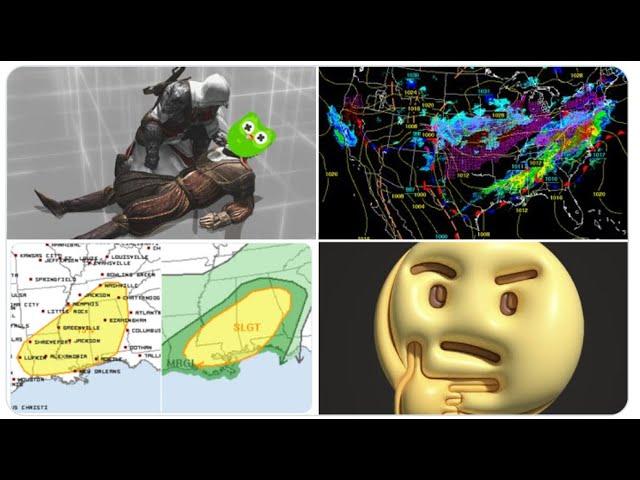
Wave after Wave of Storms over the next 10 days! Duo Lingo Mascot dies & Florida is MoonPieTown?
Added 33 Views / 0 Likesi hope everyone is well, cool and happy.God bless everyone,Thttps://www.paypal.me/THORnewshttps://venmo.com/TEric-Lewisonhttps://www.patreon.com/thornews
-
06:20
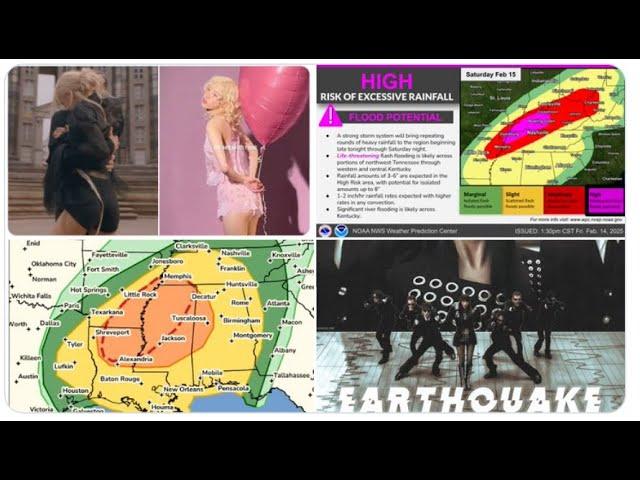
PINK & RED ALERT! Life Threatening Floods & Tornadoes possible Saturday! KY TN AR MS AL! WTF EQs.
Added 33 Views / 0 LikesHappy Valentine's Day to all who celebrate.Play defense tho.God bless everyone,Thttps://www.paypal.me/THORnewshttps://venmo.com/TEric-Lewisonhttps://www.patreon.com/thornews
-
09:27
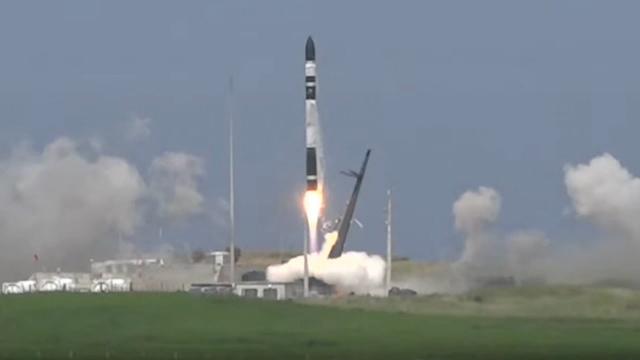
Blastoff! Rocket Lab launches high-resolution Earth-imaging satellite
Added 33 Views / 0 LikesAn Electron rocket launched the first "Gen-3" satellite for the geospatial intelligence company Blacksky from Rocket Lab's New Zealand site on Feb. 18, 2025 at 6:17 p.m. EST (2317 GMT; 12:17 p.m. on Feb. 19 local New Zealand time). Full Story: https://www
-
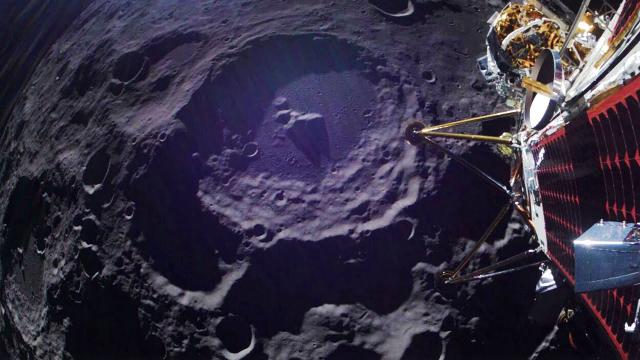
Watch Live! Intuitive Machines-2 Lunar Landing
Added 33 Views / 0 LikesAthena's mission, known as IM-2, is Houston-based Intuitive Machines' second jaunt to the moon. It's part of NASA's Commercial Lunar Payload Services (CLPS) program, which contracts private companies to deliver agency science and technology payloads to th
-
01:05
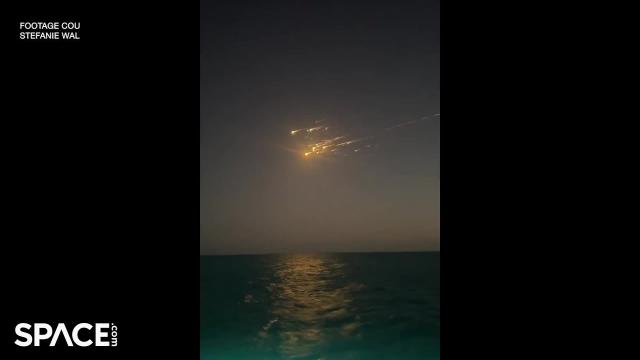
Debris from SpaceX Starship flight 8 explosion streaks across Bahamas night sky
Added 33 Views / 0 LikesStefanie Waldek captured footage of SpaceX Starship debris streaking across the night sky from the Bahamas on March 6, 2025. Read more: https://www.space.com/space-exploration/launches-spacecraft/watch-fiery-spacex-starship-flight-8-debris-rain-down-over-
-
08:43

WTF 2025 Super Wild March Day 6: Very Emotional & Economic Volatility 1 week b4 BloodMoon Eclipse.
Added 33 Views / 0 LikesWARNING: you might not like the new, buddy/God bless everyone,Thttps://www.paypal.me/THORnewshttps://venmo.com/TEric-Lewisonhttps://www.patreon.com/thornews
-
01:09
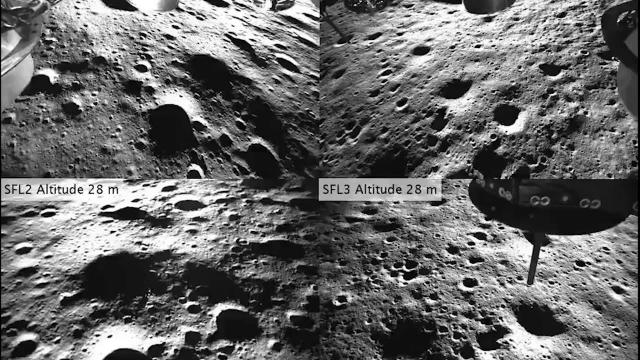
Firefly's Blue Ghost moon landing captured with NASA stereo cameras
Added 33 Views / 0 LikesNASA's Stereo Cameras for Lunar-Plume Surface Studies (SCALPSS) captured the landing of Firefly's Blue Ghost landing on the moon. Credit: NASA/Olivia Tyrrell | edited by Space.com
-
02:01
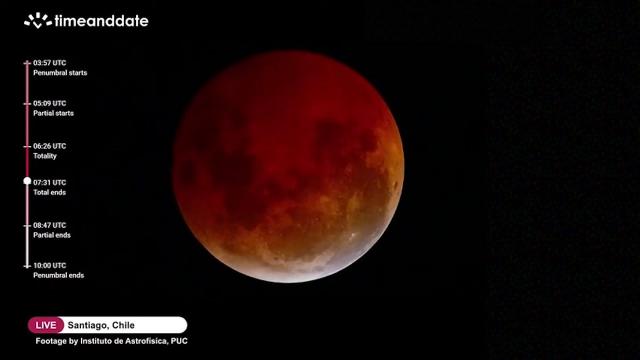
Totality! Moon turns blood red in this lunar eclipse time-lapse
Added 33 Views / 0 LikesA total lunar eclipse occurred in the early morning hours of March 14, 2025. See it reach totality in this timelapse. See the best photos of the "Blood Worm Moon": https://www.space.com/total-lunar-eclipse-blood-worm-moon-best-photosCredit: Timeanddate.co
-
00:30
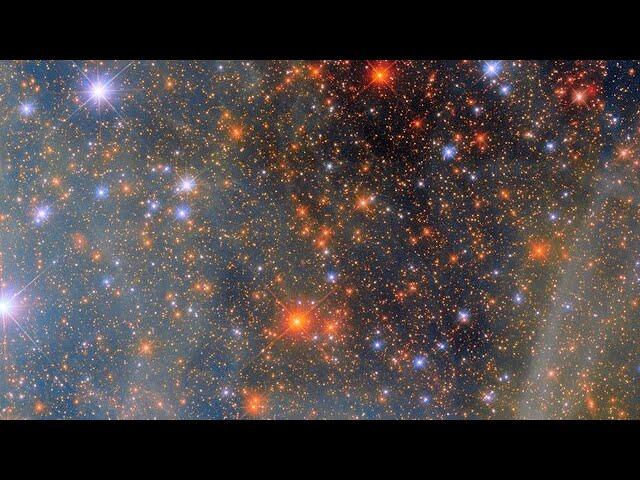
Pan: NGC 346
Added 33 Views / 0 LikesSay hello to one of the Milky Way’s neighbours! Today’s NASA/ESA Hubble Space Telescope Picture of the Week features a scene from one of the closest galaxies to the Milky Way, the Small Magellanic Cloud (SMC). The SMC is a dwarf galaxy located about 200 0
-
01:21
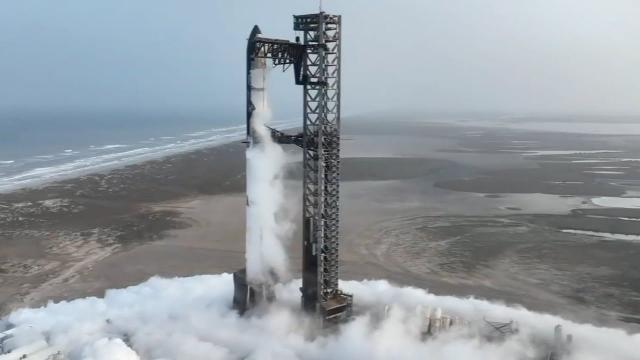
SpaceX scrubs Starship flight 8 launch attempt to troubleshoot rocket
Added 32 Views / 0 LikesSpaceX scrubbed the first launch attempt of flight 8 Starship on March 3, 2025. A new launch date will be announced soon. Credit: SpaceX
-
09:03
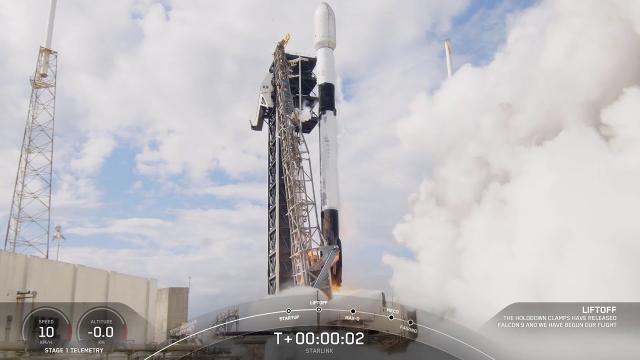
Blastoff! SpaceX launches 2nd Starlink batch in less than 24 hours, nails landing
Added 32 Views / 0 LikesA SpaceX Falcon 9 rocket launched 21 Starlink satellites, including 13 with Direct to Cell capabilities, from Space Launch Complex 40 (SLC-40) at Cape Canaveral Space Force Station in Florida on Feb. 11, 2025 at 1:53 p.m. ET. Credit: SpaceX
-
01:45
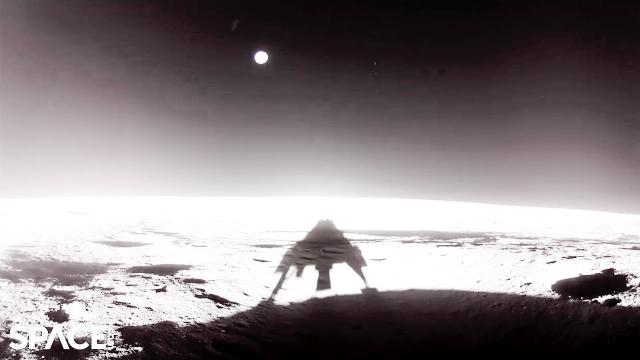
See Firefly Blue Ghost's descent and landing on moon in amazing video
Added 32 Views / 0 LikesThe Firefly Aerospace Blue Ghost lander touched down on the moon on March 2, 2025. See footage of the descent and landing here. Credit: Space.com | footage courtesy: Firefly Aerospace | edited by [Steve Spaleta](https://x.com/stevespaleta)
-
10:52
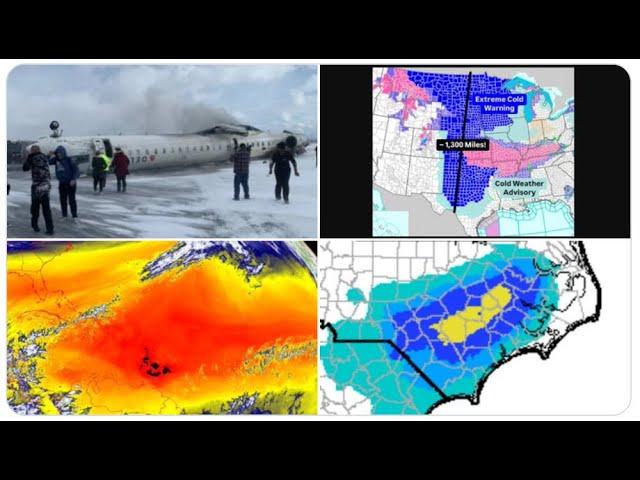
Another big Plane crash! False 9.0 Earthquake Signal! 5.3 TX EQ! Kentucky Trouble! & BIG FREEZE.
Added 32 Views / 0 LikesI hope you are staying awesome cool and calmwhile being happy.God bless everyone,Thttps://www.paypal.me/THORnewshttps://venmo.com/TEric-Lewisonhttps://www.patreon.com/thornews
-
02:45
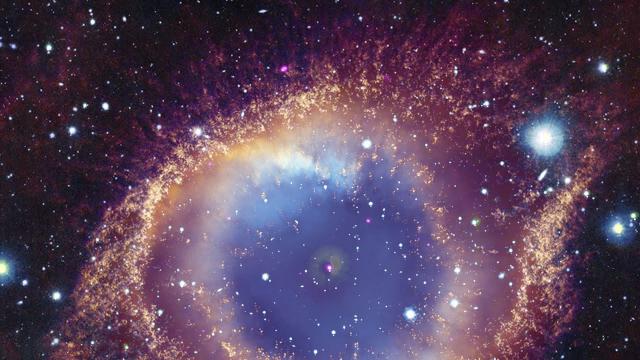
Odd x-ray signal from Helix Nebula could be from star destroying planet
Added 32 Views / 0 LikesAn unusual x-ray signal from the Helix Nebula, first detected in 19180, could stem from a star destroying a nearby planet.Credit: NASA/CXC/A. Hobart
-
06:33
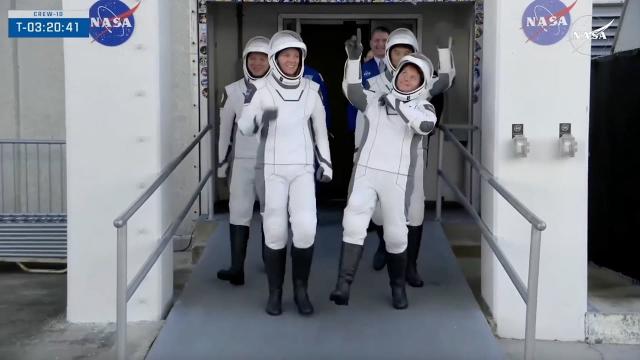
NASA's SpaceX Crew-10 walks out for pre-launch Tesla ride to rocket
Added 32 Views / 0 LikesNASA astronauts Anne McClain and Nichole Ayers, JAXA (Japan Aerospace Exploration Agency) astronaut Takuya Onishi and Roscosmos cosmonaut Kirill Peskov walk out of the Neil Armstrong Operations and Checkout Building and enter SpaceX's Tesla Model Xs for t
-
00:30
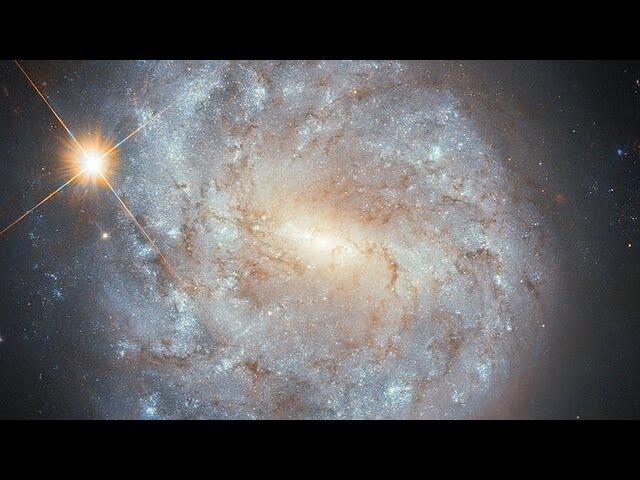
potw2510a
Added 32 Views / 0 LikesMore information and download options: http://esahubble.org/videos/potw2510a/Credit:NASA & ESA
-
01:00
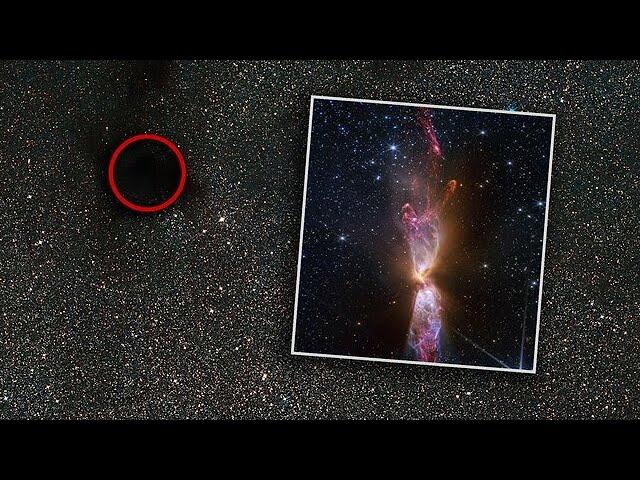
Zoom video: Lynds 483
Added 32 Views / 0 LikesThis video takes the viewer on a journey to the shimmering ejections emitted by two actively forming stars make up Lynds 483 (L483). High-resolution near-infrared light captured by the NASA/ESA/CSA James Webb Space Telescope shows incredible new detail an
-
08:52
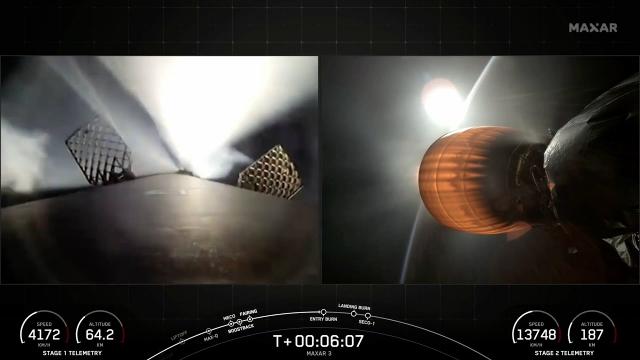
Blastoff! SpaceX launches Maxar Earth-observing satellites, nails landing in Florida
Added 31 Views / 0 LikesA SpaceX Falcon 9 rocket launched the Maxar WorldView Legion 5 and 6 satellites from NASA's Kennedy Space Center (KSC) in Florida on Feb. 4, 2025. The Falcon 9's first stage came back to Earth about eight minutes after launch, touching down at Cape Canave
-
08:09

RED ALERT! Los Angeles Flood! Southern Tornadoes! Big Snow NE? & Storm after Storm after Storm!
Added 31 Views / 0 LikesHAPPY BIRTHDAY ROSE!and thank all the cool people for being awesome.God bless everyone,Thttps://www.paypal.me/THORnewshttps://venmo.com/TEric-Lewisonhttps://www.patreon.com/thornews
-
01:11
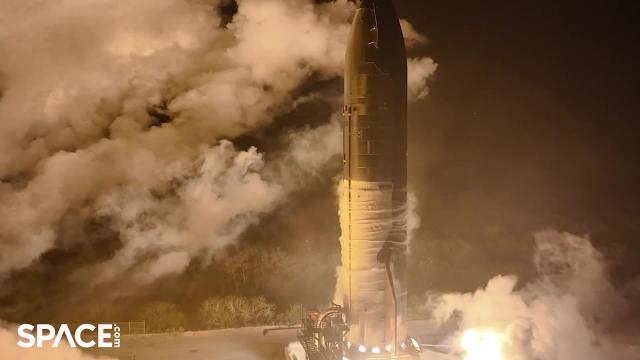
SpaceX Starship fired up for a minute in preparation for flight 8
Added 31 Views / 0 LikesSpaceX's flight 8 Starship was run through a long-duration static fire test at Starbase in south Texas on Feb. 12, 2025.New hardware was tested and six Raptor engines were cycled through multiple thrust levels, according to SpaceX.Credit: SpaceX
